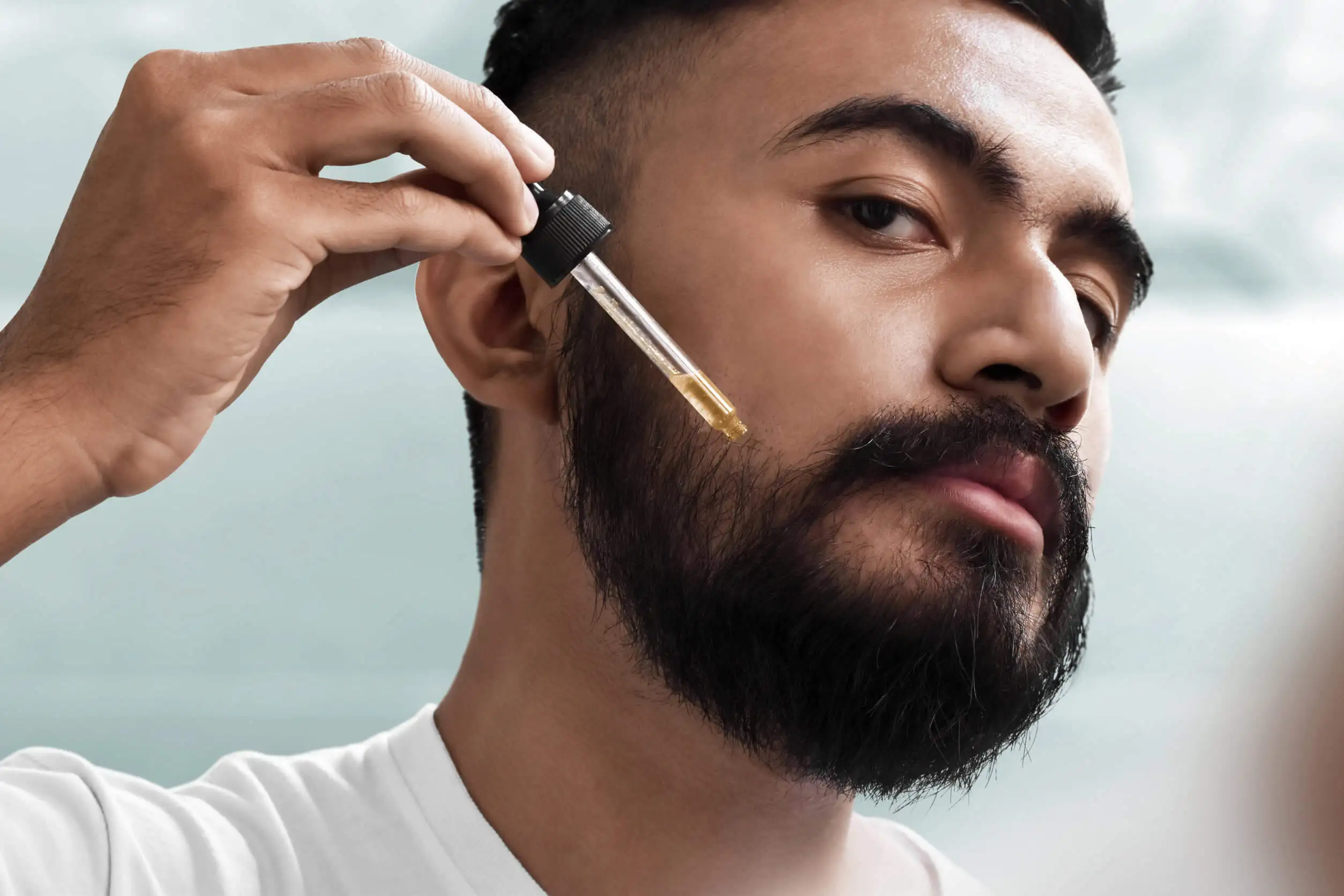Benefits of Cusi Oil in Cosmetics

Have you heard about the babassu palm? It’s the plant from which cusi oil (also called babassu oil) is obtained, a common ingredient in the cosmetics industry due to its generous properties.
In an industry that looks to use natural products, cusi oil is an option rich in vitamins and other beneficial components for hair, nails and skin.
An article published in the Bolivian Journal of Chemistry highlights that oils and fatty ingredients are essential in cosmetic formulations due to the affinity they have with human skin. For this reason, it’s normal to find them as emulsions, lotions, serums, lipsticks, eye shadows, and more.
Cusi oil: what are its properties?

This clear, light substance contains vitamins A, B and E, phytosterols, monounsaturated fatty acids and lauric acid. The usefulness of cusi oil expands to the medical use to relieve headache, fever, and cough.
It’s also used in gastronomy; thanks to its almond-like flavor; it dresses salads and other dishes. However, it’s in cosmetic manufacturing that cusi oil exploits its moisturizing, softening, anti-inflammatory, nourishing, regenerative, antioxidant and antimicrobial qualities.
All those products containing cusi oil specify on the INCI (International Nomenclature Cosmetic Ingredient) label the terminology “Orbignya Oleifera Seed Oil.
Read more here: Improve Your Oral Health with Coconut Oil
Benefits of cusi oil in the cosmetic industry
Some people compare coconut oil and cusi oil, as they’re quite similar. Some manufacturers who replace the fruit with cusi oil even claim greater efficacy and a better aroma.
The density of cusi oil makes it a star in the beauty world and it’s used for the following purposes:
- Sun protection
- Eye contour favoring
- Make-up removal
- Moisturizing and softening lips
- As the basis of some toothpastes
- To eliminate acne scars
- Exfoliation
There are more uses of this oil and we’ll now look at them.
Moisturizes hair
The actions of cusi oil on hair are believed to represent its most effective uses. The Centro de Investigación y Promoción del Campesinado de La Paz states in a report that the cusi plant is good for everything.
The text adds that the oil is equivalent to a treatment to prevent hair loss and the appearance of gray hair, while it softens, intensifies color, repairs damaged hair, and helps growth.
Additional benefits to the hair include greater elasticity and strength, shine, elimination of dandruff, and repair of split ends. It can be used in shampoos and also directly, following the instructions below:
- Spread a little of the oil on dry hair, at least half an hour before entering the shower. This step is essential for the hair to absorb its properties.
- Massage gently from roots to ends. Touching the scalp promotes blood circulation.
- Wash your hair with natural shampoo, this way you strengthen the effects of the cusi oil. Verify that this cleanser doesn’t include parabens.
- Don’t blow dry or flat iron, avoid heat appliances until your hair is in perfect condition.
This oil is also used as a rinse-only mask and as a mousse or fixative for hairstyles.
Nourishes nails
The vitamin E contained in cusi palm would be ideal for nourishing nails and cuticles. This oil has microbial and antifungal functions, benefiting manicures and pedicures.
Prevents and reduces wrinkles
Cusi oil contains antioxidants that stimulate the production of collagen. In addition, it would fight free radicals that accelerate premature aging. Among the cosmetic objectives, the prevention of expression lines and spots stands out.
Controls stretch marks
As it’s a fast absorbing preparation that promotes the generation of collagen, it would collaborate with the elasticity disappearing stretch marks and cellulite. It’s usually recommended to pregnant women, through creams or direct oil, always in consultation with the doctor who accompanies the gestation.
Read more here: DIY Stretch Mark Cream with Vitamin E
Recovers the skin
Cusi oil is recommended for any type of skin because it doesn’t produce a greasy sensation nor does it obstruct the pores. It belongs to comedogenic grade 1. This product cooperates in the regeneration of damaged dermis. It’s considered perfect for recovering cracked heels and minor burns.
Psoriasis, rosacea, and eczema sometimes include the topical use of cusi oil, given the antimicrobial particularities and lauric acid. In the case of these diseases, a dermatologist should endorse the use of the product.
Also, considering the physical and chemical properties of babassu, the oil is frequently used in soaps of high consistency and greater durability, according to a study published by the Virtual Library of the German Cooperation. This kind of cosmetics would be advantageous for the skin.
Stimulates beard growth

Not only women enjoy the attributes of cusi oil. Men make use of this natural material to make their beards look uniform and lush. Combining mamey or zapote seed oil with this oil results in facial hair growth.
Despite the lack of scientific evidence, users believe that the condition to achieve this effect is to constantly apply the cusi by massaging the face. If in doubt, consult your trusted dermatologist.
How often to use cusi oil?
The frequency of use of cusi oil depends on the purpose you use it for. Whether it’s for hair or skin, even though it doesn’t cause damage, it’s never good to overdo the use of any product. Pay attention to the manufacturer’s instructions, especially if you apply it directly. If you have any questions or reactions associated with cusi oil, consult your doctor.
Are there any contraindications with cusi oil?
On its own, cusi oil shouldn’t cause any adverse effects. Make sure that it’s a 100% pure oil, without any chemical intervention that carries residues of other components.
Also, the shelf life of the substance must be respected. In general, the cusi preparation lasts 2 years stored in a cool, dry place, where it isn’t exposed to sunlight or modified by strong odors.
All cited sources were thoroughly reviewed by our team to ensure their quality, reliability, currency, and validity. The bibliography of this article was considered reliable and of academic or scientific accuracy.
- Archambault J, Bonté F. Grasas vegetales en cosmetología. Revista Boliviana de Química. Vol. 38. Núm. 2. Bolivia; 2021. https://www.mendeley.com/catalogue/66d8b869-ca48-3134-b5da-993295cbd3f7/?utm_source=desktop&utm_medium=1.19.4&utm_campaign=open_catalog&userDocumentId=%7Bb02f5e0a-df05-45fa-81b8-c07bacbfca36%7D
- Giz Probosque. Aceite de cusi prensado en frío. Biblioteca Virtual de la Cooperación Alemana. Bolivia; 2018. https://www.bivica.org/file/view/id/5430
- Jiménez Mancilla M. El cusi, el “árbol de la vida” que brinda sustentos a las mujeres guarayas de Momené. Centro de Investigación y Promoción del Campesinado. Bolivia; 2019. https://cipca.org.bo/analisis-y-opinion/reportajes/el-cusi-el-34arbol-de-la-vida-34-que-brinda-sustento-a-las-mujeres-guarayas-de-momene
- Orbignya Oleifera Seed Oil. Inci Beauty. https://incibeauty.com/ingredients/7846-orbignya-oleifera-seed-oil
This text is provided for informational purposes only and does not replace consultation with a professional. If in doubt, consult your specialist.








